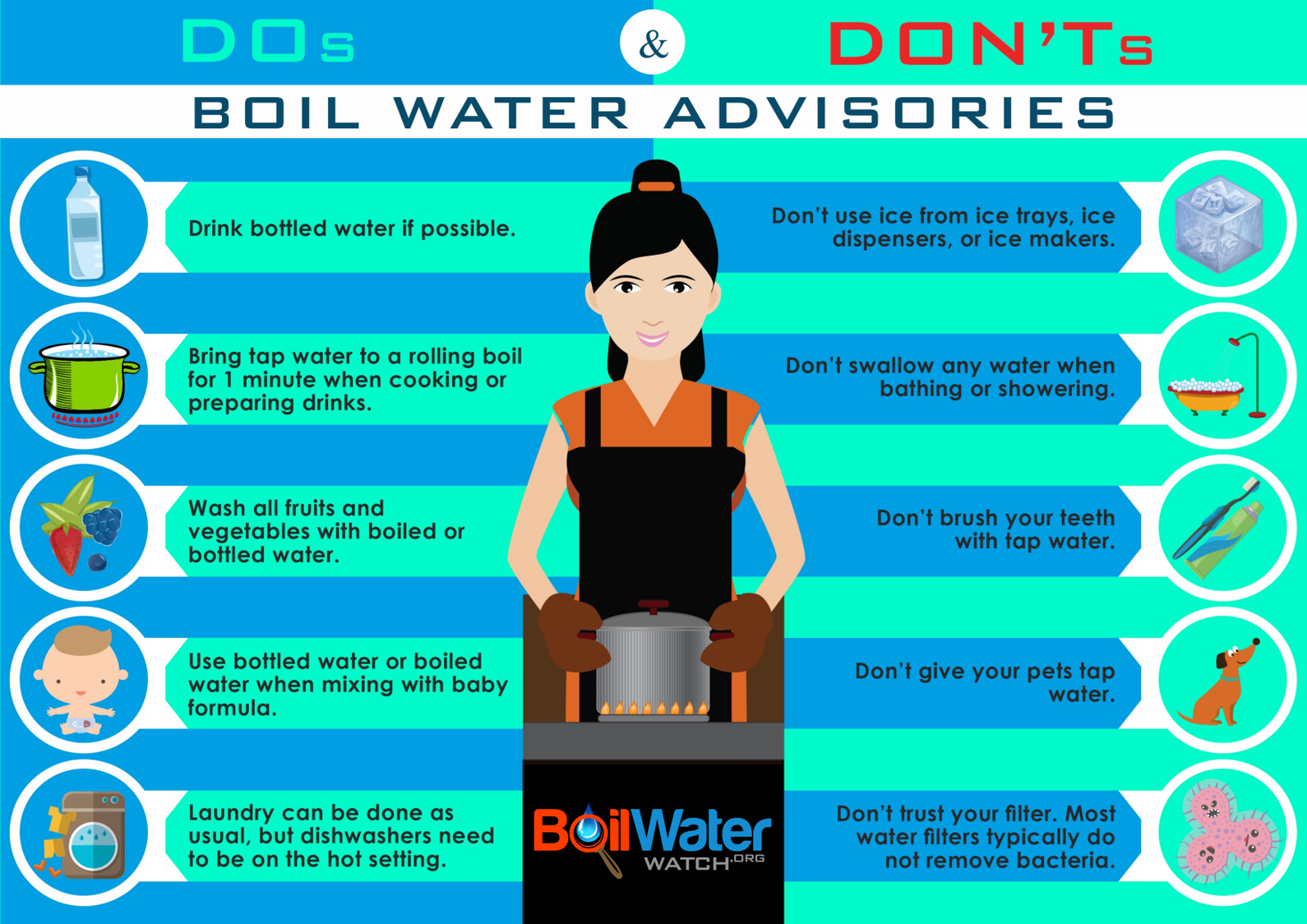Read this What To Do After A Boil Water Advisory Is Lifted article to find useful information for you, all summarized well by us.

What to Do After a Boil Water Advisory Is Lifted
Like many people, I rely on my tap water for everything from drinking and cooking to bathing and brushing my teeth. So, when a boil water advisory was issued for my neighborhood, I was understandably concerned. Fortunately, the advisory was lifted after a few days, but I was still left wondering what I needed to do to make sure my water was safe to use again.
Here’s what I learned about what to do after a boil water advisory is lifted:
Check with Your Local Authorities
The first thing you should do after a boil water advisory is lifted is to check with your local authorities to make sure that the water is safe to drink. They will be able to tell you if there are any remaining concerns and will provide instructions on what to do if necessary.
Flush Your Pipes
Once you have confirmed that the water is safe to drink, you should flush your pipes to remove any bacteria that may have built up during the advisory. To do this, simply run the cold water tap for at least five minutes in each sink, bathtub, and shower.
Clean Your Appliances
If you have any appliances that use water, such as a coffee maker or ice maker, you should clean them before using them again. This will help to prevent any bacteria from contaminating your water.
Boil Water for Drinking
Even though the water is safe to drink, you may still want to boil it before drinking it for the first few days after the advisory is lifted. This will help to kill any remaining bacteria.
Discard Any Contaminated Food
Any food that came into contact with contaminated water should be discarded. This includes food that was cooked in contaminated water, food that was washed in contaminated water, and food that was stored in an open container in the refrigerator or freezer.
Latest Trends and Developments
In recent years, there have been a number of new developments in the way that boil water advisories are issued and lifted. One of the most significant changes is the use of social media to communicate with the public. Social media platforms such as Twitter and Facebook can be used to quickly and easily share information about boil water advisories, including when they are issued, when they are lifted, and what actions people should take.
Another recent development is the use of new technologies to monitor water quality. These technologies can help to identify problems with the water supply more quickly, which can lead to faster boil water advisories being issued. In some cases, these technologies can even be used to prevent boil water advisories from being issued in the first place.
Tips and Expert Advice
Here are a few tips and pieces of expert advice for dealing with a boil water advisory:
- Listen to the advice of your local authorities. They will be able to tell you what steps you need to take to stay safe.
- If you have any questions about the boil water advisory, don’t hesitate to contact your local health department.
- Be prepared to boil water for drinking for at least a few days after the advisory is lifted.
- Discard any food that came into contact with contaminated water.
- Clean your appliances before using them again.
By following these tips, you can help to protect yourself and your family from the risks associated with a boil water advisory.
FAQ
Q: What is a boil water advisory?
A: A boil water advisory is a public health order that tells people to boil their water before drinking it. This is typically done when there is a problem with the water supply that could make it unsafe to drink.
Q: What are the risks of drinking contaminated water?
A: Drinking contaminated water can cause a variety of health problems, including gastrointestinal illness, skin infections, and respiratory problems.
Q: How long should I boil my water?
A: You should boil your water for at least one minute to kill any bacteria that may be present.
Q: What should I do if I have any food that came into contact with contaminated water?
A: You should discard any food that came into contact with contaminated water.
Conclusion
If you are ever under a boil water advisory, it is important to follow the instructions of your local authorities. By taking the proper precautions, you can help to protect yourself and your family from the risks associated with drinking contaminated water.
Are you interested in learning more about boil water advisories? If so, I encourage you to do some additional research online. There are a number of helpful resources available, including the websites of the CDC and the EPA.

Image: crescentcity-fl.com
What To Do After A Boil Water Advisory Is Lifted has been read by you on our site. We express our gratitude for your visit, and we hope this article is beneficial for you.